
Bone density test, DXA scan or densitometry is a medical procedure done to evaluate the condition of bones and to provide information about how much the bones are prone to breaking. It measures the content of certain minerals in bone segments, such as calcium, using X-ray technology.
Bone density test takes record of possible fractures, about weakness in bones, possible presence of osteoporosis and the extent of already diagnosed osteoporosis. This test is recommended for women in menopause and for everyone who is estimated to be at risk of osteoporosis. It is also recommended for people who have had bone fractures.
This test should only be done after consulting a doctor who will study the case and the patient’s medical history. The gap between two bone density tests is usually two years.
Preparation for bone density test
Bone density tests are quick, easy and completely painless. The preparation for this test does not require a lot of work. It is, however, important to provide medical history chart to the doctor and to fill a questionnaire. The doctor should be informed about previous diagnostic tests that involved nuclear medicine and oral contras, as well as radiation exams.
Patients scheduled for a bone density tests are instructed to avoid eating foods that contain calcium for two days before the test, especially dairy products and calcium-fortified foods. Patients who take osteoporosis medication should not take them the day of the test. As soon as the test is done the normal course of medication can be resumed.
Most medical facilities that perform bone density tests require the patients to wear special clothes that are usually discarded after use and are generally comfortable. The patients should not wear objects made of metal, such as buttons, zippers, jewelry, wrist watches and such.
Bone density test procedure
The test is performed on the bones of the lower spine, thighs, wrists and forearms. The patient is asked to lay down on the central device that measures bone density. While lying down, a scanner passes and takes images that provide measurement of the bone density. The scanner uses dual energy X-ray apsorptiometry technology. The scanning only takes about ten minutes and it causes no pain or discomfort whatsoever.
Another method for measuring bone density uses a peripheral device and it is applied on fingers and wrists. Because this method costs less, many patients opt for it instead of the central device that measures bone density concentrating on the hips and the spine. If the peripheral device shows signs of osteoporosis, doctors may recommend the confirmation through central device test.


-Test-And-What-Do-The-Results-Mean_f_280x120.jpg)
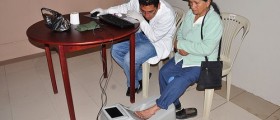



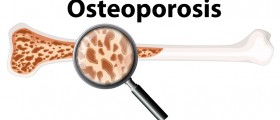
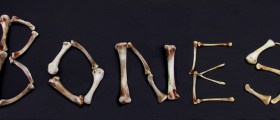

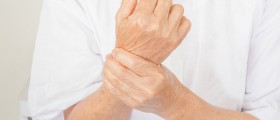

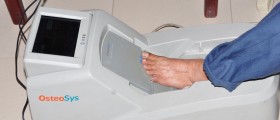
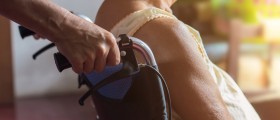

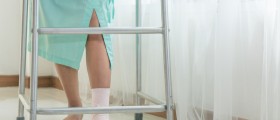

Your thoughts on this
Loading...